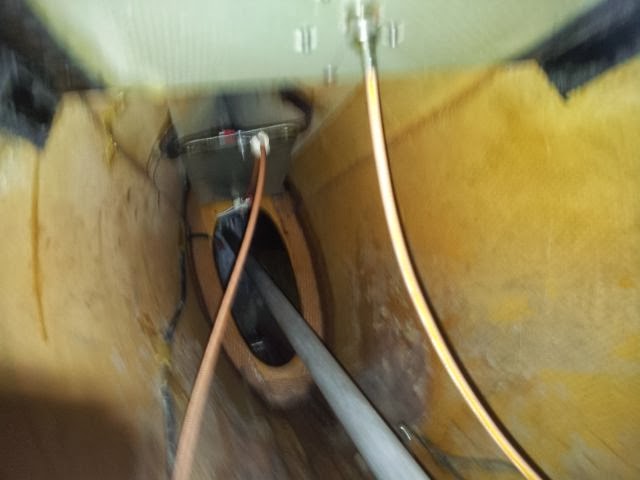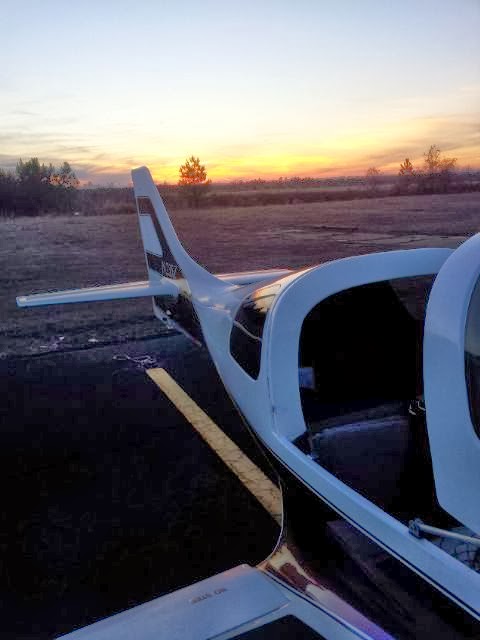No, I do not have a tailwheel. I am referring to wiring.
I noticed constant static in reception on my SL40 one one particular frequency. I clicked the push to talk and 2 things happened; the static went silent and the digital EGT reading on my AEROSPACE LOGIC EGT-100-4P went from the normal reading of around 1250 to a reading of about 400.
Then I clicked the push to talk again and the static in the SL40 started again and the EGT reading returned to normal. As long as the EGT readings were abnormally low, I had no static in the SL40. As long as the EGT readings were accurate, I had static in the SL40. Clicking the push to talk a couple times would cause the EGT readings to switch from normal to low and back.
Also, anytime on autopilot (old navaid ap-1) when the push to talk is pressed, the plane will roll left.
Any ideas where to start looking?
I noticed constant static in reception on my SL40 one one particular frequency. I clicked the push to talk and 2 things happened; the static went silent and the digital EGT reading on my AEROSPACE LOGIC EGT-100-4P went from the normal reading of around 1250 to a reading of about 400.
Then I clicked the push to talk again and the static in the SL40 started again and the EGT reading returned to normal. As long as the EGT readings were abnormally low, I had no static in the SL40. As long as the EGT readings were accurate, I had static in the SL40. Clicking the push to talk a couple times would cause the EGT readings to switch from normal to low and back.
Also, anytime on autopilot (old navaid ap-1) when the push to talk is pressed, the plane will roll left.
Any ideas where to start looking?


